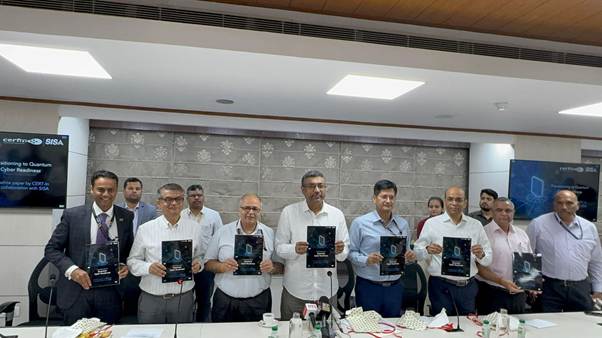BEIJING: Chinese authorities are set to convene behind closed doors next week to formulate strategies aimed at shielding the nation’s struggling economy from renewed trade threats and tariffs imposed by U.S. President Donald Trump.
The upcoming “Two Sessions” meetings—attended by the country’s parliament and top advisory body—serve as crucial platforms for Communist Party discussions, revealing China’s approach to key economic and political challenges. These meetings will be closely watched for signals on Beijing’s response to escalating trade tensions with Washington.
Economic Challenges and Policy Adjustments
In an essay scheduled for publication in the Communist Party’s official magazine Qiushi, President Xi Jinping acknowledged the economy’s ongoing struggles but emphasized that the country’s long-term growth trajectory remains positive. The National People’s Congress, which opens on Wednesday, will see Premier Li Qiang outlining military spending and economic growth targets for 2025. Analysts expect Beijing to set a growth target of around 5%, the same as 2024, though many view this as an ambitious goal given China’s economic difficulties.
“The economy is facing significant challenges, from a weakening property market to sluggish consumer spending, high youth unemployment, and U.S.-imposed tariffs,” said Harry Murphy Cruise, director of China and Australia economics at Moody’s Analytics. “Each of these issues is serious on its own, but together, they pose a formidable challenge for policymakers.”
Trump’s Trade Measures and China’s Response
President Trump, in office for less than a month in his second term, has already disrupted global trade dynamics with his unpredictable policies. He recently threatened additional 10% tariffs on Chinese imports, raising concerns over potential economic disruptions. If these levies materialize, they could impact trade worth hundreds of billions of dollars.
Additionally, the Biden administration’s earlier push to exclude China from global semiconductor supply chains continues to influence U.S. policy. China has responded by ramping up its investment in domestic chip production. In May, Beijing injected over $47 billion into its largest-ever semiconductor investment fund as part of a broader push for technological self-reliance.
“China is betting that a massive state-led drive for research, innovation, and digitalization will create new economic growth engines,” analysts Neil Thomas and Jing Qian of the Asia Society noted. “The goal is to reduce dependence on Western markets and counter the impact of U.S. trade restrictions.”
Potential Policy Stimulus
Trump’s tariff pressures may force China to expand economic stimulus measures, including lowering interest rates, easing local government debt burdens, and increasing subsidies for household goods.

“We expect China to boost policy support in response to external shocks from the U.S.,” said Wang Tao, chief China economist at UBS. “Further initiatives could be introduced later in the year if the trade war escalates or if the property sector declines further.”
Real Estate Crisis and Domestic Consumption Woes
China’s real estate sector, a traditional pillar of economic growth, continues to struggle with mounting debt and declining demand. The National Bureau of Statistics recently reported a 3.4% year-over-year drop in new home prices in first-tier cities, with even steeper declines in second- and third-tier cities.
Oxford Economics analyst Louise Loo identified the property crisis as a key factor suppressing consumer confidence. “The government faces the difficult task of breaking these negative economic cycles while boosting domestic demand,” she said.
In an effort to spur spending, Beijing is expected to expand a consumer product trade-in program launched last year, allowing households to exchange old appliances for new ones at subsidized rates. However, analysts warn that deeper structural reforms may be required to restore economic stability.
As the National People’s Congress prepares to convene, international markets will be closely monitoring Beijing’s response to trade pressures, domestic economic concerns, and its broader strategic direction. While China’s leadership remains optimistic about long-term growth, the immediate challenges posed by Trump’s tariffs, property market struggles, and sluggish consumer demand will test the government’s ability to navigate an increasingly uncertain economic landscape.





